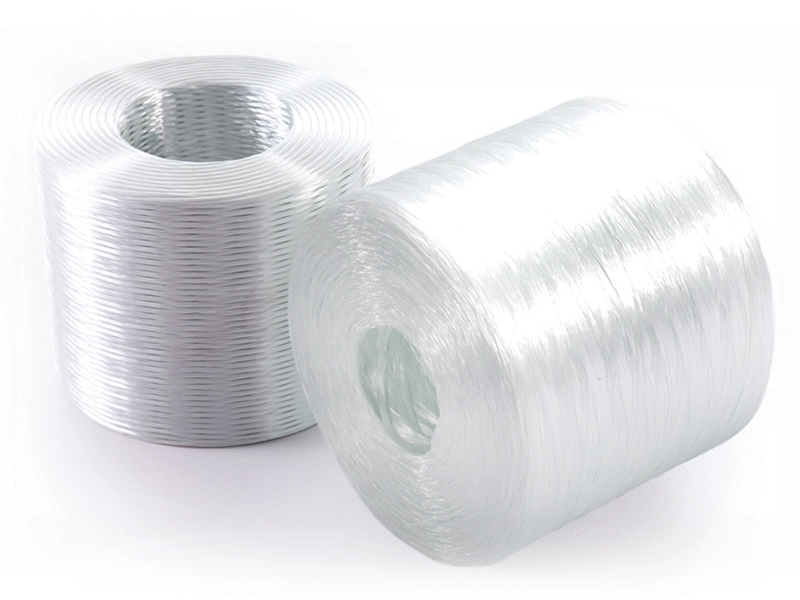
Ready to experience high-quality products at a price that works for you? Contact us for a quote today!
622 Assembled Roving for Centrifugal Casting process is coated with a silane-based sizing, compatible with unsaturated polyester resins.
622 is produced by using a proprietary sizing formulation and a special manufacturing process, offering very fast wet-out and low resin demand.
These features enable maximum filler loading and thus minimum manufacturing cost for pipes. The product is mainly used to make centrifugal casting pipes of various specifications and also in some special spay-up processes.
Product Features
- Excellent acid corrosion resistance
- Low resin demand, allowing high filler loading for low cost
- Excellent mechanical property of the composite parts
- Excellent static control and choppability
- Very fast wet-out (solubility)
Specification
| Glasstype | E6 | ||
| Sizingtype | Silane | ||
| Typicalfilamentdiameter(μm) | 13 | ||
| Typicallineardensity(tex) | 2400 | ||
| Example | ER13-2400-622 | ||
Technical Parameters
| Item | Linear density variation | Moisture content | Sizing content | Stiffness |
| Unit | % | % | % | N/tex |
| Test menthod | ISO1889 | ISO3344 | ISO1887 | ISO 3375 |
| Standard range | ±4 | ≤0.07 | 0.95±0.15 | 130 ± 20 |
Instructions
- The product is best used within 12 months after production, and should be kept in the original package before use.
- Care should be taken when using the product to prevent it from being scratched or damaged.
- The temperature and humidity of the product should be balanced with the ambient temperature and humidity before use, and theambient temperature and humidity should be properly controlled during the use.
- The cutter rollers and rubber rollers should be maintained regularly.
Packaging
For detailed package size information, please download the product manual to view!
Storage
Unless otherwise specified, the fiberglass products should be stored in a dry,cool and moisture-proof area.The best temperature and humidity should be maintained at -10℃~35℃ and ≤80% respectively. To ensure safety and avoid damage to the product, the pallets should be stacked not more than three layers high. When the pallets are stacked in two or three layers, special care should be taken to correctly and smoothly move the upper pallet.